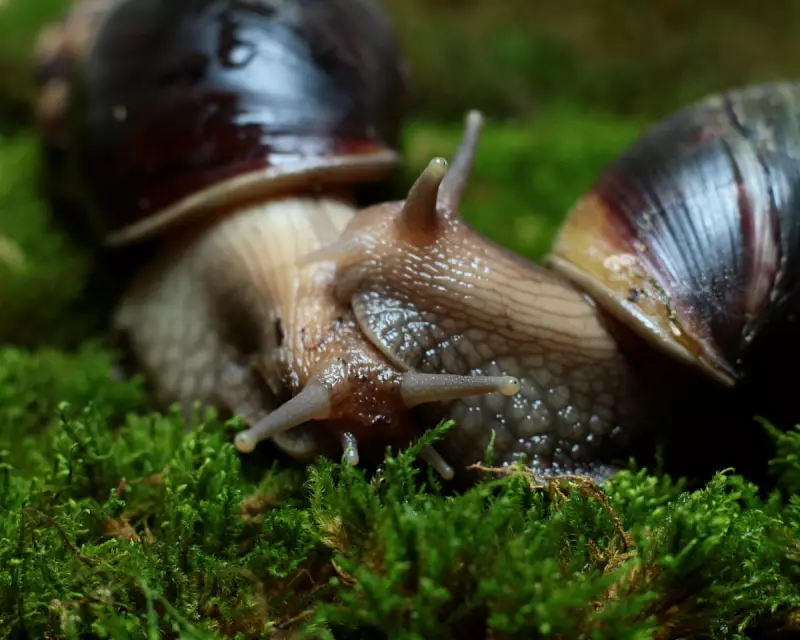
In the vast tapestry of animal life, a curious pattern emerges: the overwhelming dominance of separate male and female sexes. While hermaphroditism—where an individual possesses both male and female reproductive organs—exists in nature, it remains the exception rather than the rule. This evolutionary puzzle has fascinated scientists and naturalists for generations.
The Evolutionary Trade-Off
Nature's preference for separate sexes isn't random but reflects millions of years of evolutionary fine-tuning. Specialisation appears to be key—by dividing reproductive labour, species can optimise both egg production and sperm delivery. This separation allows for more efficient resource allocation and reduces the energetic costs of maintaining dual reproductive systems.
Where Hermaphroditism Thrives
Certain environmental conditions do favour dual-sex organisms. In species where finding mates is challenging—such as deep-sea creatures or slow-moving land animals—hermaphroditism provides a distinct advantage. Garden snails, for instance, can mate with any adult they encounter, dramatically increasing reproductive opportunities.
Marine environments particularly showcase this adaptation. Many fish species, including clownfish and wrasses, can change sex when social circumstances demand it, ensuring breeding continues even when partners are scarce.
The Genetic Advantage
Separate sexes offer another crucial benefit: genetic diversity. Sexual reproduction between distinct individuals creates new genetic combinations, helping populations adapt to changing environments and resist diseases. This genetic mixing acts as nature's insurance policy against extinction.
Nature's Experimental Approach
The distribution of reproductive strategies across species demonstrates evolution's experimental nature. From earthworms that exchange sperm simultaneously to species that function as one sex early in life before switching, nature has tested countless variations. The prevalence of separate sexes suggests this model provides the most reliable path to evolutionary success for most animals.
This biological diversity reminds us that in the natural world, there's no single 'right' way to reproduce—only what works best for survival in specific ecological niches.





